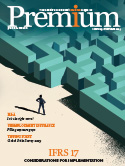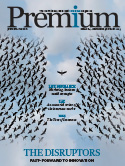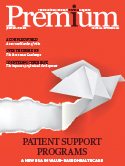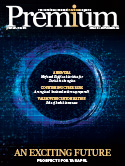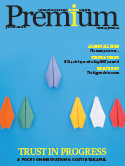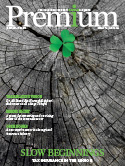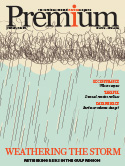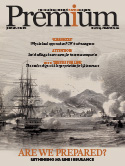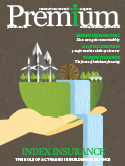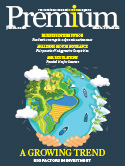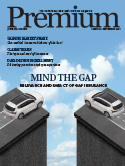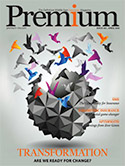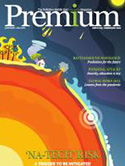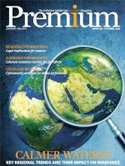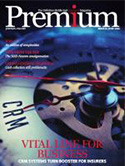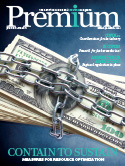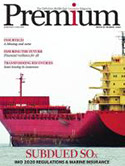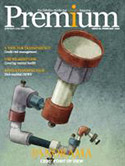Emerging economies have USD160bn exposure gap
An estimated USD163 billion worth of assets are underinsured in the world, leaving an exposure gap that poses a significant threat to livelihoods and global prosperity, according to new research from Lloyd’s and the Centre for Economics and Business Research (CEBR).
The average insurance penetration in developed nations is twice as high as the average in emerging, or lower income countries, which account for almost all of the global insurance protection gap.
Many of the countries with the lowest levels of insurance are among the most exposed to risks such as climate change and are the least able to fund recovery efforts. Bangladesh, India, Vietnam, Philippines, Indonesia, Egypt and Nigeria each has an insurance penetration rate of less than one percent.
The country with the highest expected annual loss from natural disasters, Bangladesh, also has the largest insurance gap relative to GDP (2.1 percent). Expressed in absolute dollar values this equates to an insurance gap of almost USD6 billion in Bangladesh. Second highest is Indonesia at 1.4 percent of GDP, equivalent to an insurance gap of USD15 billion.
China is the country with the highest insurance gap expressed in dollar values (USD76 billion) due to the size of its economy and the fact that its insurance market is still developing.
Lloyd’s recently published a new report, produced in association with the Centre for Global Disaster Protection, Risk Management Solutions (RMS) and Vivid Economics, detailing four potential new financial instruments that could be used to incentivise investment in resilience.
The report also underlines the important role that risk financing can play by providing liquidity after a disaster, protecting government balance sheets and buffering taxpayers.








